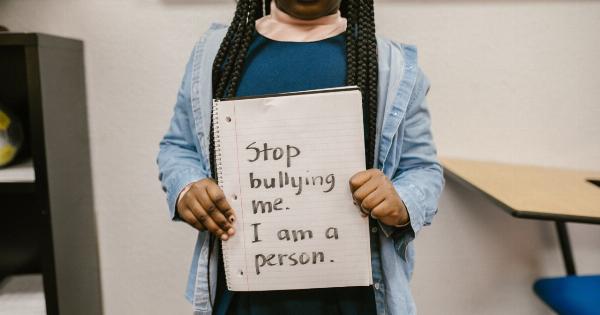Children with learning disabilities (LD) often face emotional struggles that compound their academic challenges. LD is an umbrella term used to describe disorders that affect how a person interprets information.
It can affect reading, writing, arithmetic, and even spatial reasoning. Though learning disabilities are not an intellectual problem, it can impact a child’s academic performance due to difficulties in processing information, recall, and organization.
Emotional Reaction to Learning Disabilities
Children with LD face daily struggles, which can result in frustration, discouragement, anger, and even embarrassment, which could trigger anxiety and depressive thoughts.
Learning disabilities often cause children to have poor self-esteem, which can be difficult for them to cope up with or be consoled. They may resort to hiding their academic struggles, causing them to withdraw from activities, and plunging them further into a setback. In turn, this results in them feeling less engaged and less connected to the people around them.
Bullying for Children with Learning Disabilities
Children with LD are more vulnerable to teasing and bullying from their peers due to their learning difficulties. They often become an easy target for bullying, which can further affect their mental health.
Such instances could lead to feelings of loneliness, insecurity, and severe emotional turmoil. Children who are bullied are prone to develop social anxiety, depression, and may even contemplate self-harm or suicide over time.
Impact of Emotional Trauma on Learning Disabilities
Emotional trauma can have a profound impact on the cognitive development of children. When children experience emotional disturbances, they may become preoccupied, anxious, or irritable.
These emotional turbulences can further affect their thinking, reasoning, and memory, leading to poor academic performance.
Strategies to Support Children with LD
Parents, teachers, and caregivers must be aware that children with learning disabilities require extra support to cope with academic and emotional stress.
Through an understanding of the emotional, social, and academic challenges the child is experiencing, parents and teachers can support them and work collaboratively. The following are some strategies that parents, teachers, and caregivers can use to support their children with learning disabilities:.
1. Individualized Learning Plan
An Individualized Learning Plan (ILP) is a customized plan that helps the student learn at their own pace and support them in areas where they struggle.
Teachers can identify the strengths and weaknesses of their students and tailor the lesson plans to their needs.
2. Accommodations and Modifications
Teachers can modify or change the curriculum to meet the needs of the student with an LD. Accommodations such as extended time on tests, scribe to write down the answers, or giving them additional material support could help them complete the tasks.
3. Providing Emotional Support
It is essential to provide children with learning disabilities emotional support. Teachers should create a positive and inclusive environment that celebrates students’ achievements and recognises their hard work.
4. Peer Support
By creating an environment of understanding and empathy, students who do not have learning disabilities can offer support to students who do.
Teachers could facilitate such peer support groups and group work to create a supportive and inclusive environment in the classroom.
5. Bullying Prevention
Parents and teachers need to work together to prevent bullying in the classroom. By creating a safe and inclusive atmosphere, children with learning disabilities will feel comfortable in their environment, free from fear and teasing from others.
Teachers should also address any bullying situations and involve the administration to put forward disciplinary action.
Conclusion
Children with learning disabilities are no different from their peers in their desire to achieve and succeed. The challenges they face in academic performance can lead to further emotional disturbances and contribute to diminishing self-confidence.
The emotional trauma associated with learning disabilities is challenging to manage.
Still, with effective support from parents, caregivers, and educators, children with LD can lead fulfilling lives and become successful with their unique set of skills and talents.































